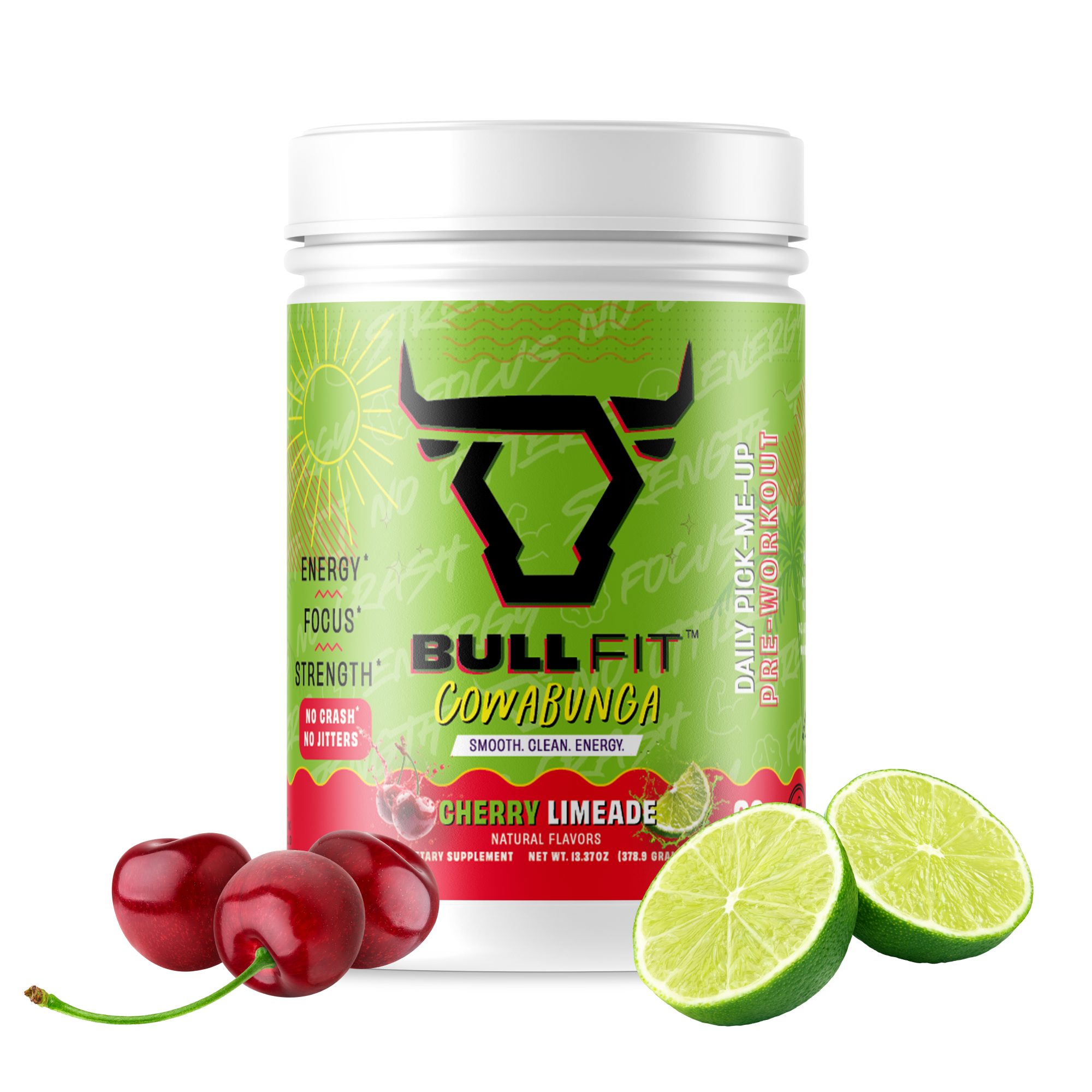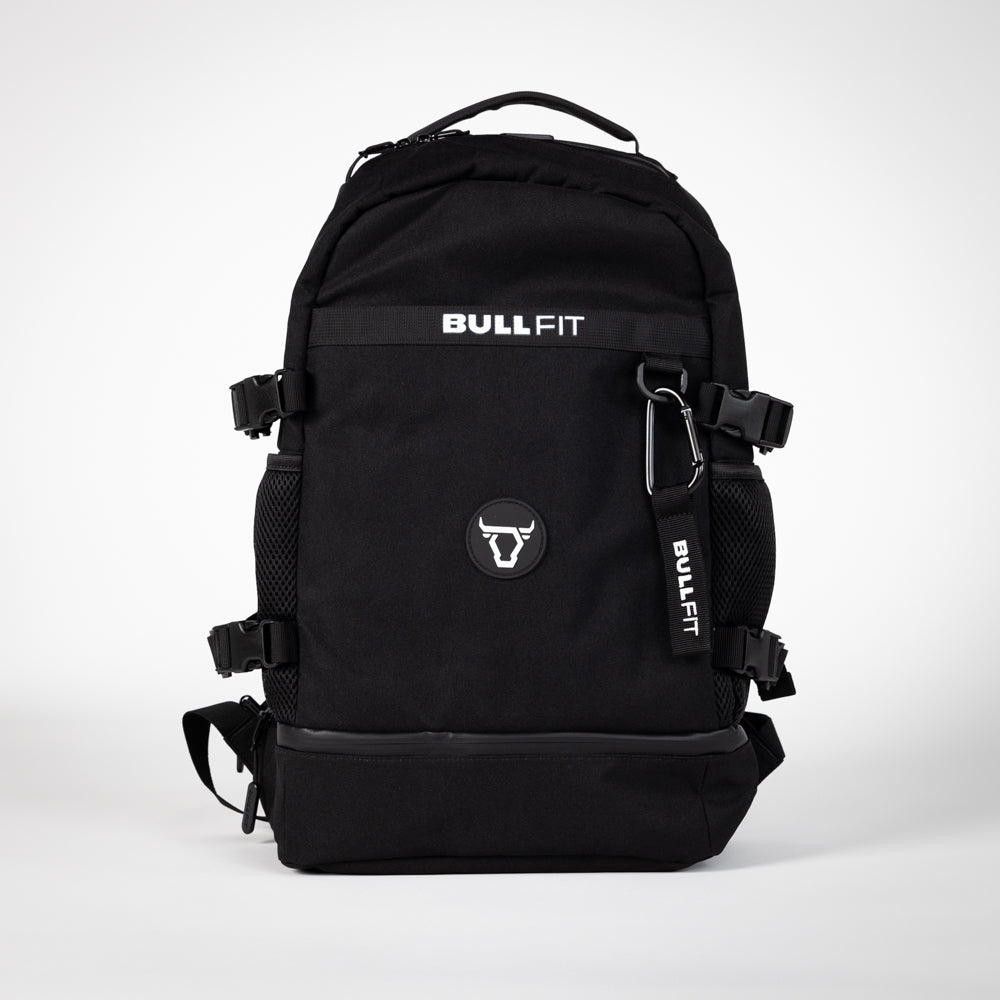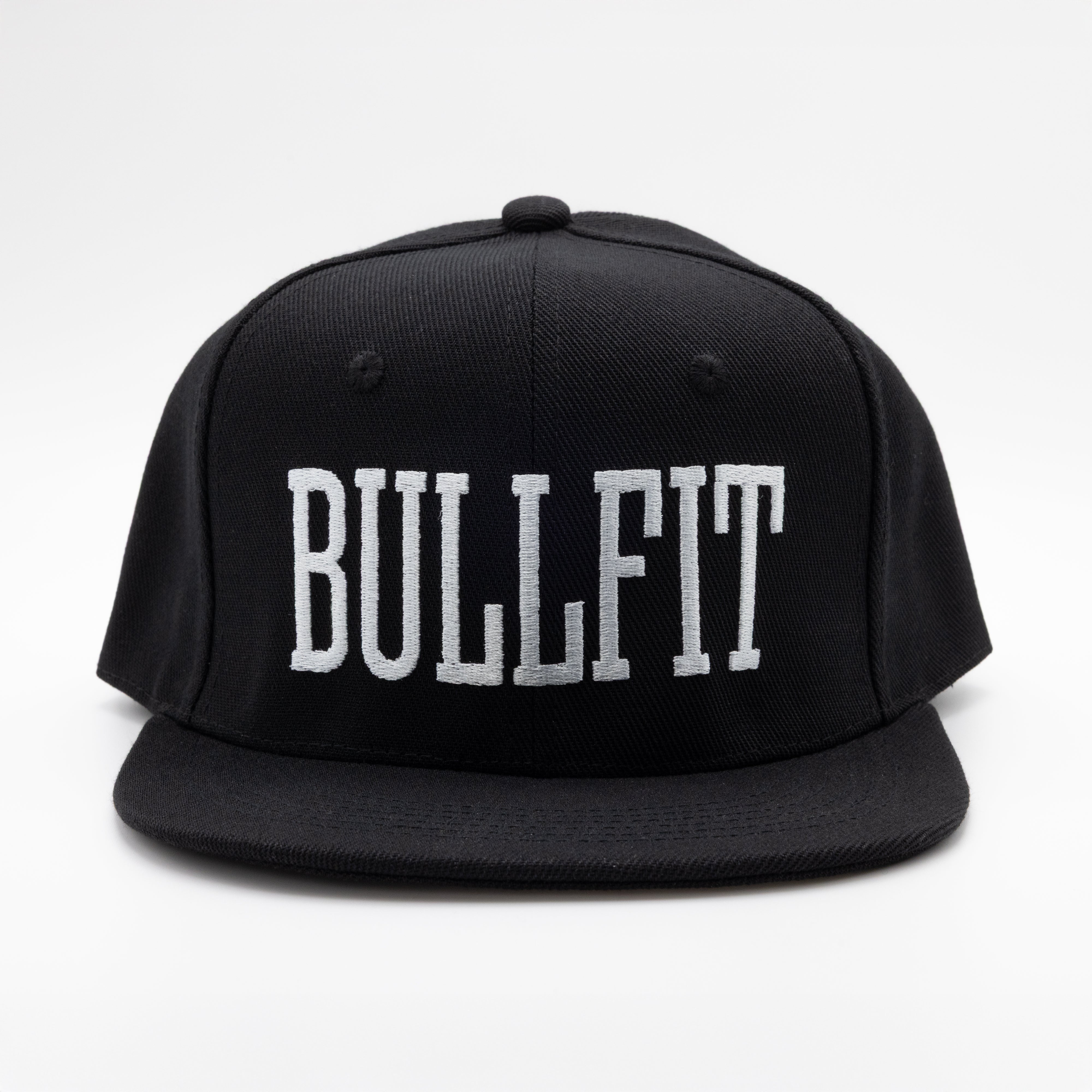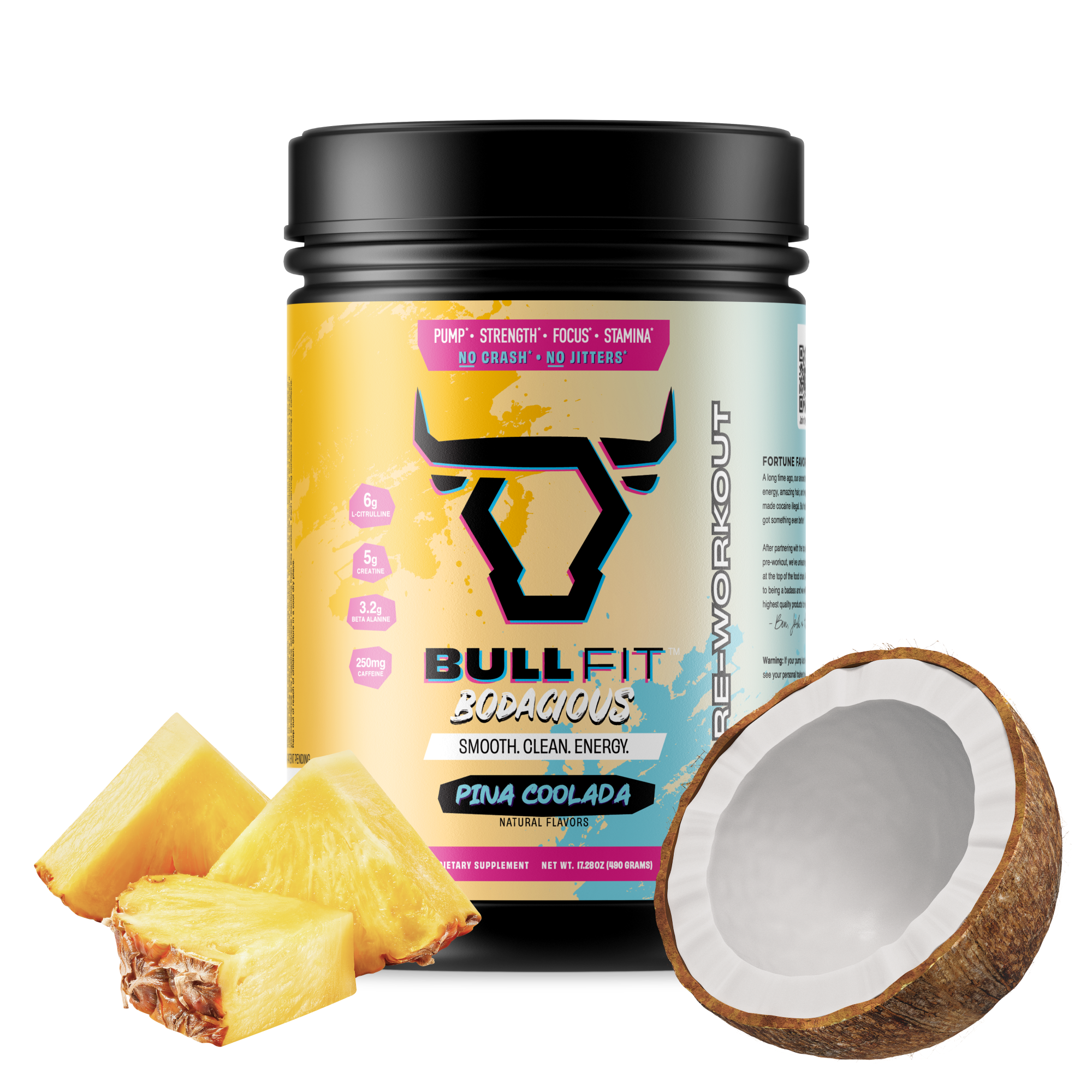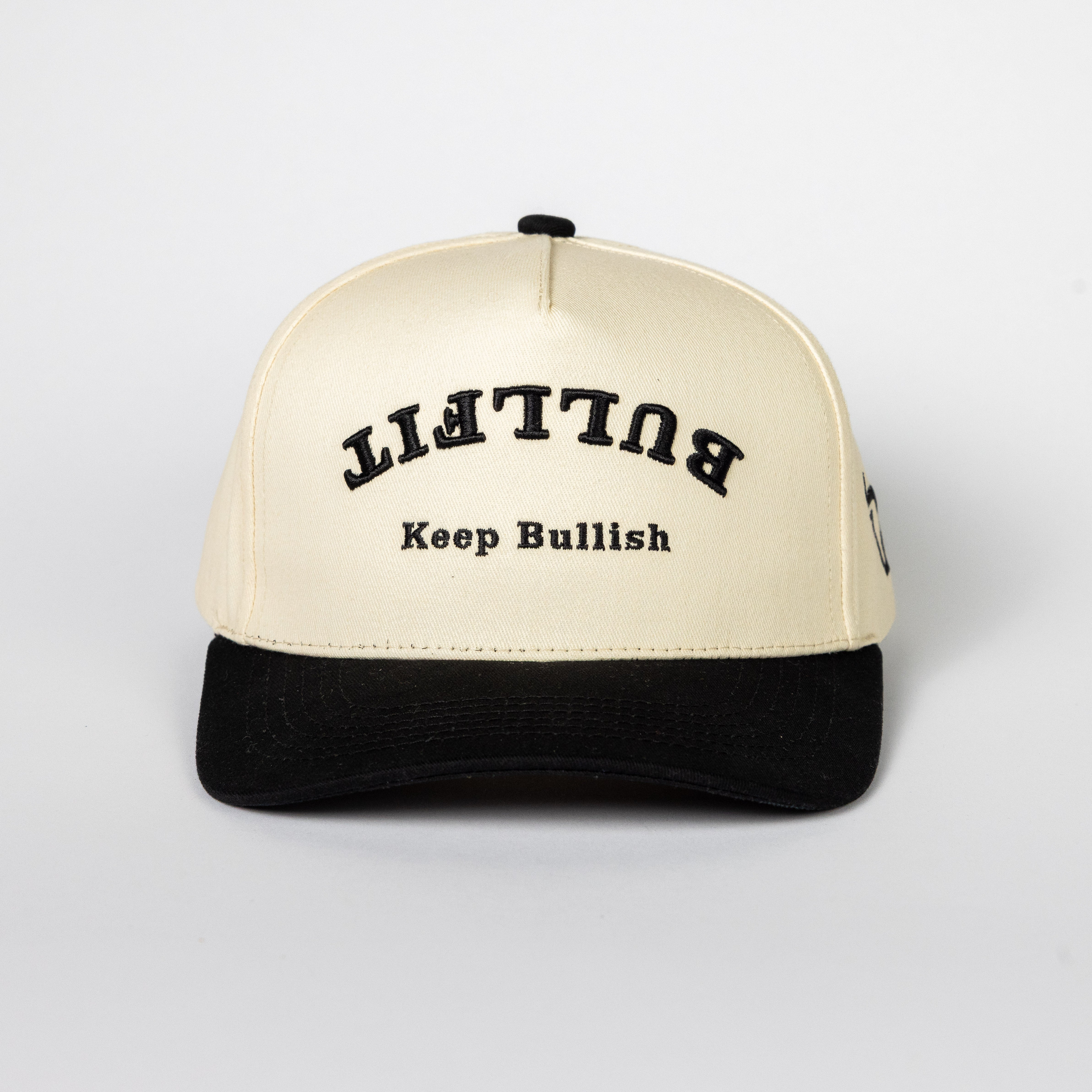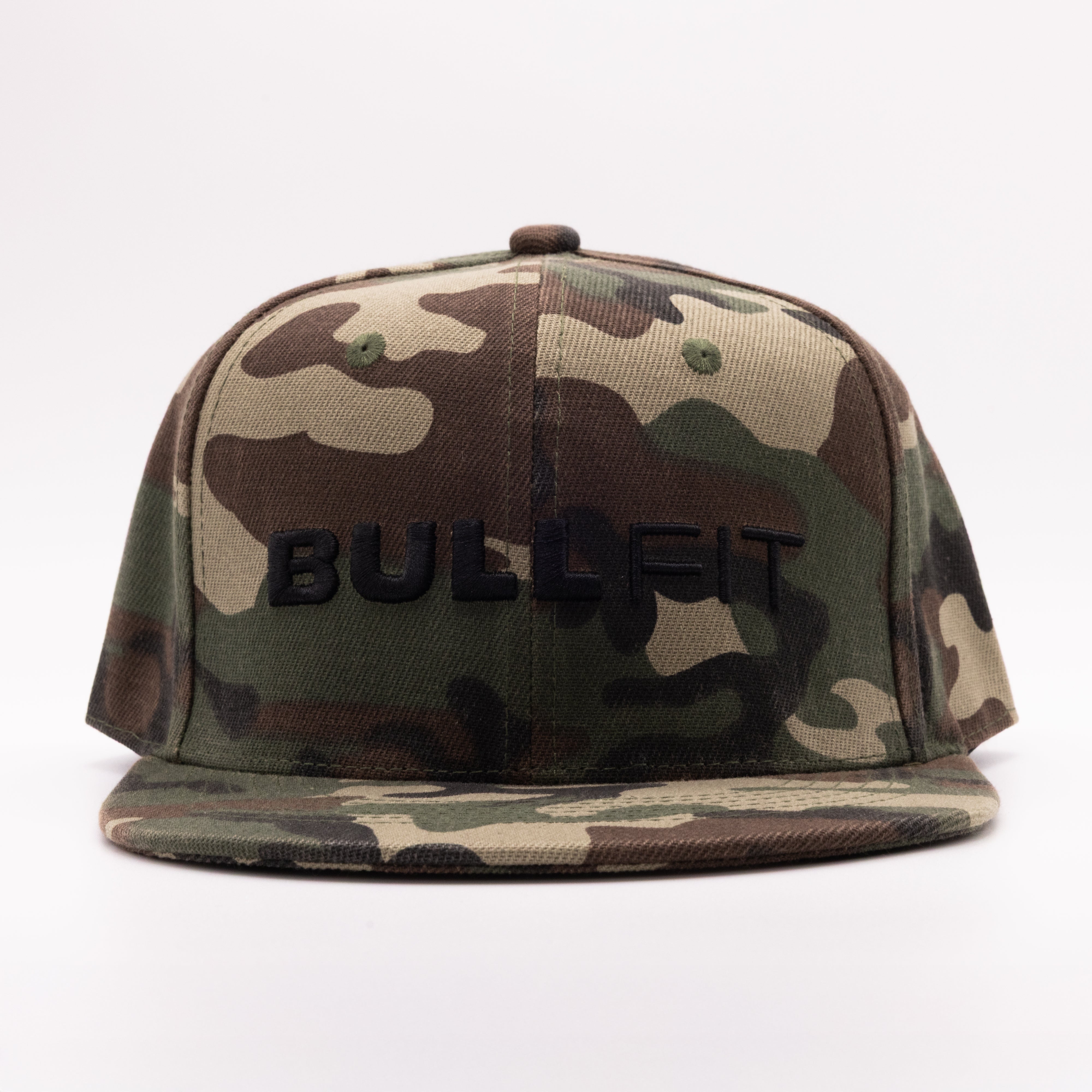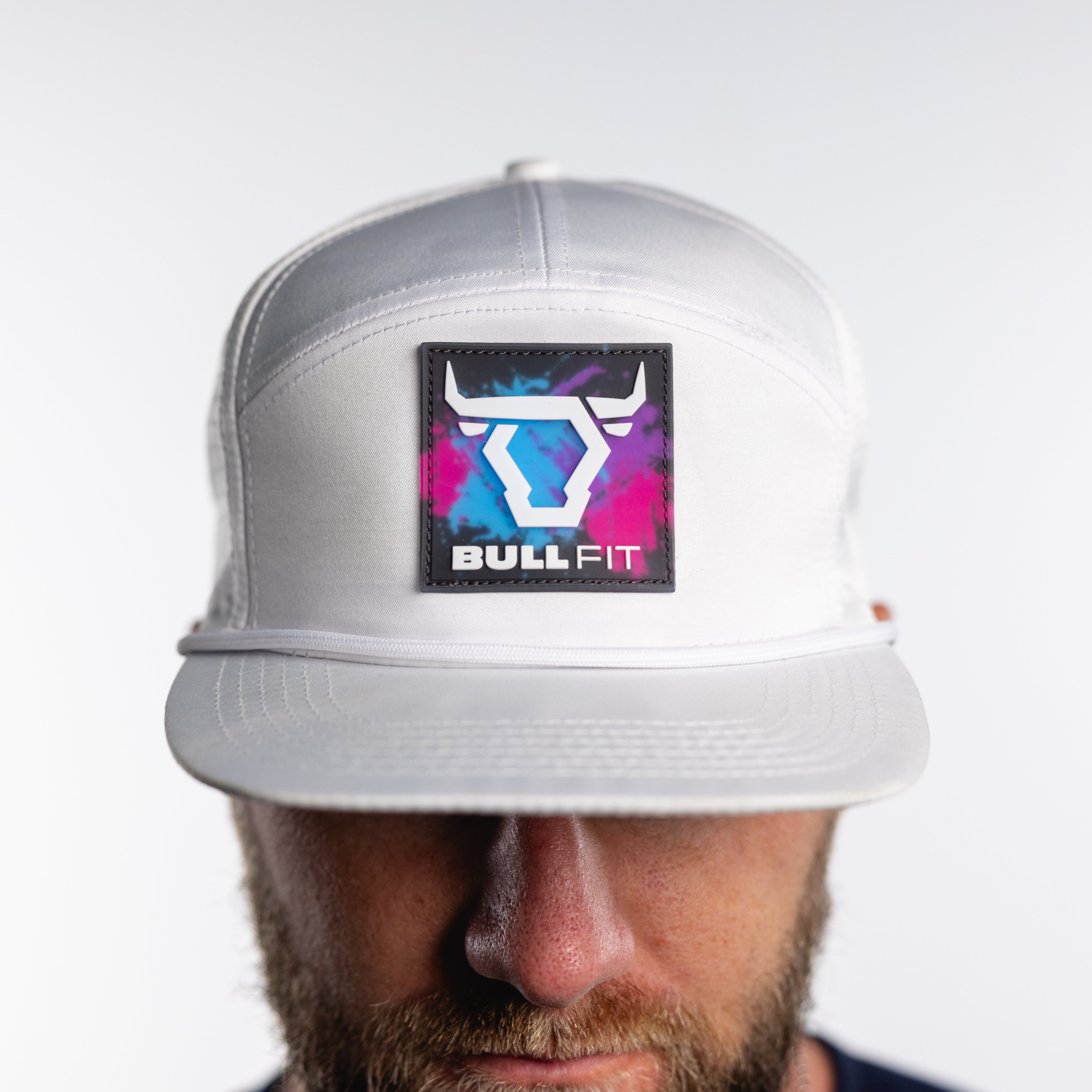When it comes to achieving your fitness goals, recovery techniques are just as important as the workouts themselves. Whether you're a seasoned athlete or just getting into your fitness routine, optimizing your post-workout recovery can lead to faster gains, fewer injuries, and better overall performance.
In this guide, we’ll break down the most effective fitness recovery techniques to help you bounce back quicker and train harder.
Why Is Recovery So Important?
Muscle growth and strength improvements don’t happen during your workouts—they happen after. When you exercise, you create tiny tears in your muscle fibers. Proper recovery allows those fibers to repair, grow stronger, and adapt to the training stimulus.
Ignoring recovery can lead to overtraining, chronic fatigue, and even injury. That’s why recovery should be a non-negotiable part of your fitness plan.
Top Recovery Techniques for Athletes and Gym-Goers
1. Sleep: The Foundation of Recovery
The most underrated tool in fitness is sleep. Your body releases growth hormone and repairs tissue during deep sleep cycles. Aim for 7–9 hours of quality sleep each night to support muscle recovery and mental clarity.
Tip: Establish a wind-down routine and limit screen time before bed.
2. Active Recovery
Instead of complete rest, active recovery involves light movement to keep the blood flowing and reduce stiffness.
Examples:
-
Walking
-
Yoga or stretching
-
Easy cycling or swimming
This boosts circulation and helps flush out metabolic waste like lactic acid.
3. Foam Rolling & Myofascial Release
Using a foam roller or massage gun can relieve tight muscles and improve mobility. This technique, also known as myofascial release, helps reduce soreness and break up adhesions in the muscle tissue.
Target areas: Quads, hamstrings, glutes, back, and calves
4. Cold Therapy & Ice Baths
Popular with elite athletes, cold exposure helps reduce inflammation and muscle soreness.
Methods include:
-
Ice baths (10–15 minutes)
-
Cold showers
-
Cryotherapy
Use with caution and limit exposure to avoid numbness or discomfort.
5. Nutrition & Hydration
Fuel your recovery with the right nutrients. Aim for a post-workout meal containing both protein and carbohydrates within 30–60 minutes of exercising.
Essentials:
-
Protein: Repairs muscle tissue (e.g., whey protein, chicken, tofu)
-
Carbs: Replenishes glycogen stores (e.g., rice, fruit, oats)
-
Water & electrolytes: Prevent dehydration and muscle cramps. Shop BullFit Hydrate here: https://bullfit.com/products/hydrate
6. Stretching & Mobility Work
Incorporating dynamic stretching before workouts and static stretching after helps maintain flexibility, reduce stiffness, and prevent injury.
Try adding:
-
PNF (Proprioceptive Neuromuscular Facilitation) stretching
-
Resistance band mobility drills
7. Massage Therapy
Regular massage can help with muscle relaxation, reduce tension, and improve range of motion. Whether it’s a professional deep tissue massage or a self-massage routine, this technique accelerates the recovery process.
Bonus: Tech Tools for Recovery
The rise of wearable fitness tech means you can now track your recovery metrics like heart rate variability (HRV), sleep quality, and readiness scores using devices like:
-
WHOOP Strap
-
Oura Ring
-
Garmin or Apple Watch
These insights help you know when to push hard—or when to rest.
Final Thoughts: Make Recovery a Priority
If you want to perform at your best and see real progress, it’s time to treat post-workout recovery as seriously as your workouts. Incorporating just a few of these recovery techniques can significantly improve your fitness, reduce soreness, and keep you injury-free.
Remember: You don’t grow during the grind—you grow when you recover.
Looking for more fitness tips? Follow us on [Instagram/Facebook] for daily insights!
Read more
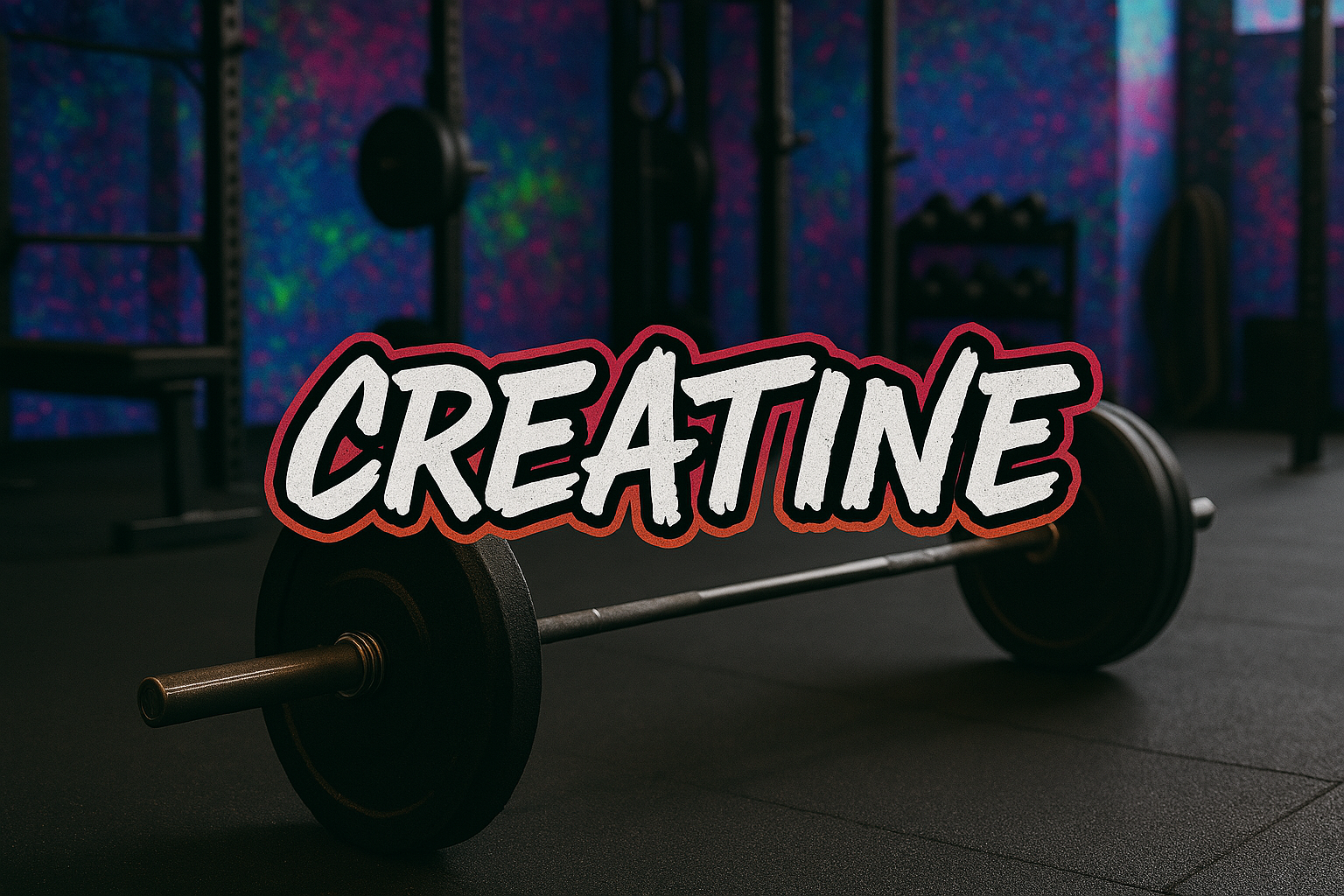
Introduction Creatine is one of the most researched and effective supplements for building muscle, improving strength, and enhancing overall physical performance. Whether you’re a seasoned athlete,...

In this weeks blog, we will dive into everything you need to know about building bigger, stronger arms. We'll cover the main muscles involved (biceps, triceps, and forearms) and explain why trainin...

